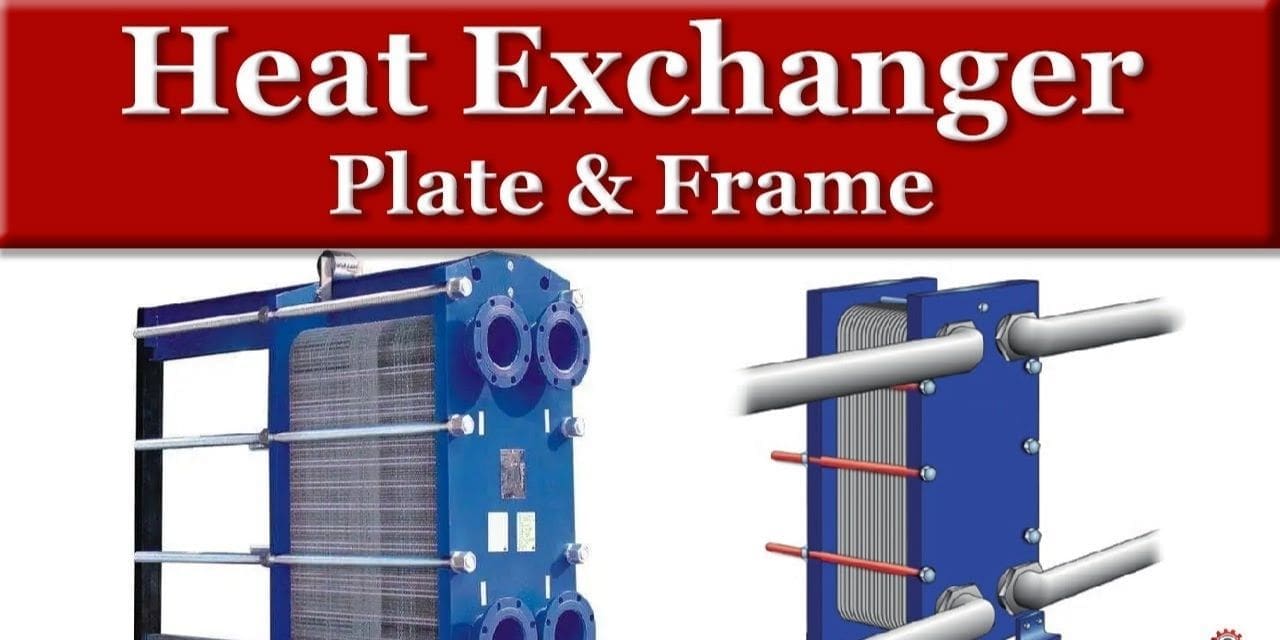The report “Plate and Tube Heat Exchanger Market by Material Type (Stainless Steel, Titanium Alloy, Copper, Aluminum, Nickel Alloys), End-use Industry (Chemical, Petrochemical & Oil, Gas, HVAC & Refrigeration, Power Generation), & Region – Global Forecast to 2028″, is projected to reach USD 884 million by 2028, at a CAGR of 6.5% from USD 645 million in 2023. The plate and tube heat exchanger market are mainly driven by the growing industrialization in emerging regions. Moreover, it is also driven by stringent environmental and energy efficiency regulations.
Browse
- 310 Market Data Tables
- 149 Figures
- 278 Pages and in-depth TOC on “Plate and Tube Heat Exchanger Market – Global Forecast to 2028”
Some of the prominent key players are:
- Alfa Laval (Sweden)
- Kelvion Holding GmbH (Germany)
- API Heat Transfer (US)
- HRS Heat Exchanger (UK)
- SPX Flow (US)
- Danfoss (Denmark)
- HFM Plate Heat Exchanger (China)
- Xylem (US)
- Wabtec Corporation (US)
- Thermex(UK)
Driver: Stringent environmental and energy efficiency regulations
The regulatory and sustainability mandates have increased the demand for energy efficiency. After the Kyoto Protocol that commits state parties to reduce greenhouse gas emissions, the pressure on the manufacturing industries to reduce both energy use and the associated CO2 emissions has increased. Plate and tube heat exchangers are far more environmentally friendly than other heating or cooling equipment and these do not use non-renewable fossil fuels such as coal or natural gas for heat transfer. Governments and regulatory bodies, especially in North America and Europe, are focused on deploying heat exchangers to reduce CO2 emissions and provide an energy-efficient solution. Moreover, sustainability along with energy efficiency is gaining more importance among end consumers. An efficient heat recovery process reduces energy consumption and helps in significant cost savings.
North America and Europe regions have stringent regulations regarding energy efficiency. For instance, the European Union’s directive 2010/75/EU regulation, which is based on the pollutant emissions from air, water & land, generation of waste, use of raw materials, and energy efficiency, states that industries worldwide should use the best technologies to prevent the CO2 emission so that it does not impact the human health as well as the environment. According to the US Department of Energy (DOE), 50% of the energy is utilized for operating residential and commercial infrastructure, and most of the energy is used by HVACR systems and appliances in the US. Energy Policy and Conservation Act of 1975 (EPCA), DOE’s Appliance and Equipment Standards Program, and Energy Efficiency Directive 2012/27/EU are some of the major energy efficiency and emission regulations and programs. These regulations are driving the demand for efficient HVACR equipment, including the plate and tube heat exchanger systems.
“Chemical Segment type was the largest segment for plate and tube heat exchanger market in 2022, in terms of value.”
The chemical industry stands as a significant end-user sector for plate and tube heat exchangers, leveraging these systems for diverse applications. In chemical manufacturing processes, heat exchangers play a pivotal role in controlling temperatures during reactions, distillation, and condensation, ensuring efficiency and safety. The versatility of plate and tube heat exchangers allows them to handle varying chemical compositions and extreme operating conditions, making them instrumental in maintaining precise temperatures critical for specific chemical reactions. These heat exchangers aid in energy recovery, optimize process efficiency, and facilitate the cooling or heating of various chemical compounds or mixtures. With stringent quality standards and the need for reliable heat transfer systems in chemical processes, plate and tube heat exchangers offer a crucial solution, ensuring enhanced productivity and safety within the chemical industry.
“Asia Pacific was the fastest growing market for plate and tube heat exchangers in 2022, in terms of value.”
Asia Pacific was the fastest-growing market for the global plate and tube heat exchanger market, in terms of value, in 2022. the region’s robust industrial growth across sectors such as manufacturing, chemicals, power generation, and HVAC systems creates substantial demand for efficient heat exchange solutions. Moreover, the rising emphasis on energy efficiency and stringent environmental regulations in countries like China, India, Japan, and South Korea drives the adoption of advanced heat exchanger technologies. China is the largest market in the Asia Pacific. India is projected to witness the highest growth during the forecast period.

